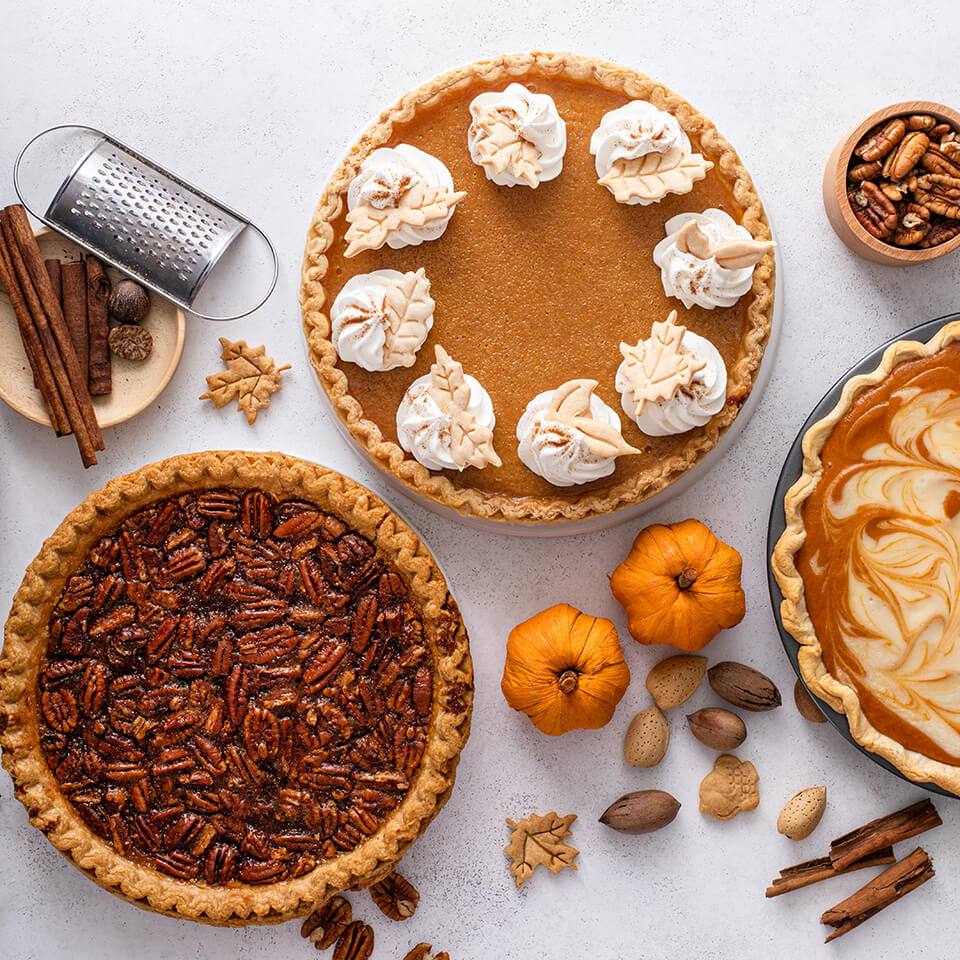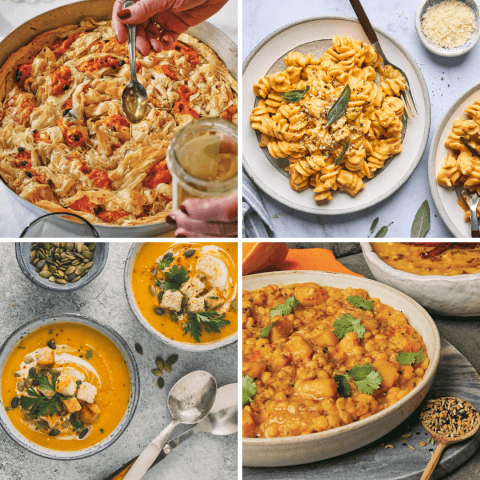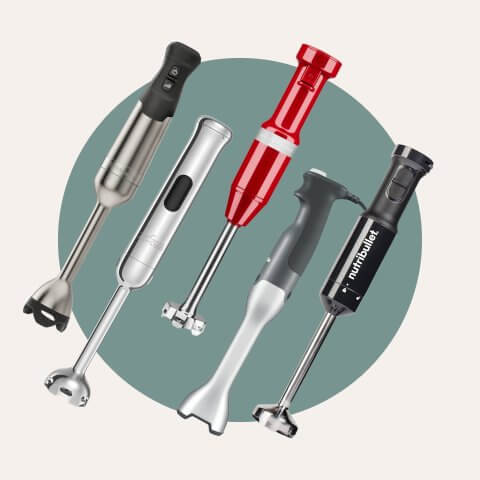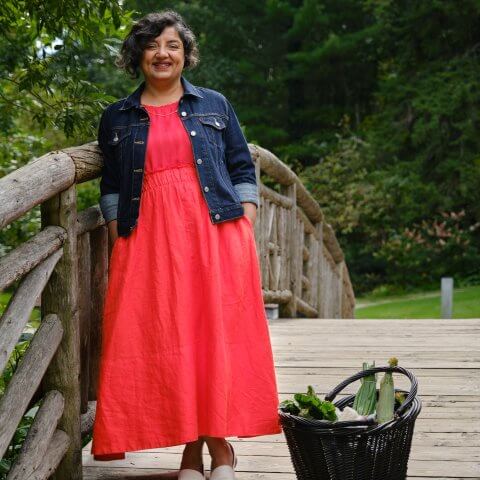When is pie season? Any season, of course! Whether it be the height of summer with fresh berries and peaches, the crisp sweet apples of fall, the gooey pecans and pumpkins of winter, or the quiches and tarts of spring, a good pastry is always in style. And with the holidays right around the corner, we surely have some baking in our future, so here are 10 simple steps for a perfect pie crust.
Know your dough
Before you get mixing, read your recipe to understand what type of pie crust you are making, because that determines the technique. Flaky pie dough is mixed by hand, and the fat is rubbed or cut into the flour until the particles are pea sized. The liquid is then added and absorbed by the flour and when rolled out, the lumps of fat create the “flakes.” Mealy pie dough is mixed more thoroughly, sometimes even to the paste stage (think food processor dough). By coating the flour thoroughly with fat, the crust is less able to absorb moisture, so this type of dough is ideal for pies that tend to have a wetter filling.
Butter or shortening?
As people have moved away from trans-fats, there has been a shift toward all butter pastries. The reason shortening is chosen for some pies is that its plasticity makes it very easy to rub and cut into flour — resulting in a very flaky crust. The downside of shortening is it’s often lacking in flavour. Butter will yield a tasty crust but is often tougher to work into the flour because its water content keeps it firmer. The choice is yours, but if you ask my grandma, a 50/50 butter to shortening will make the perfect pie.

Use unsalted butter
To start, unsalted butter tends to have a fresher, slightly sweeter flavour. Salt is a tenderizer, and so small amounts are added to pie dough, however it’s preferable to add salt as a separate ingredient, to better control the amount. If you must use salted butter, reduce how much salt is added in the remainder of your recipe.
Keep all your ingredients cold
Mixing pastry is a balance between developing just enough gluten to create a stable dough, but not so much that it will be tough. Gluten develops slower at cooler temperatures, so it’s a good idea to make sure all your ingredients are cold when you begin mixing. You can even chill your bowl of flour in the fridge to cool it off before beginning, especially in warmer kitchens.
Chill, chill, chill your dough
Regardless of how gentle you have been mixing your dough, gluten has been developed. Chilling the dough gives it time to relax and become more elastic, making it easier to roll. 30 minutes is a minimum of rest time, but an hour is preferred.

Rolling out cold dough
We’ve all left our dough chilling a few minutes too long in the fridge – then we might be ready to roll it out, but the dough isn’t. Instead of waiting and rolling out warm dough, take a tip from French bakers who use their rolling pin as a tool to soften cold butter. Rest your dough disc (still wrapped in plastic wrap) on a cutting board. Use your rolling pin to firmly rap it down on the dough, helping it to become more malleable. You will need to hit it relatively hard. Unwrap the dough and proceed to roll it out.
Up your egg wash
To make your egg wash more spreadable and less gelatinous, stir ¼ tsp of salt into the egg and let it sit for five minutes before using. Lightly beat again, then spread the egg wash over your pie. If you prefer extra browning, adding a touch of cream to the egg wash. The added protein and sugar will cause extra darkening.
Lightly floured really means
Recipes always refer to a “lightly floured” surface for rolling out your dough. This is because the addition of too much flour in the rolling process can toughen a pie. The truth is, if your dough is mixed properly, it should absorb very little flour during the process. More important than “lightly flouring” is preventing sticking – don’t be afraid to use an adequate amount of flour. Be sure to flour the top of the dough and the rolling pin as well.
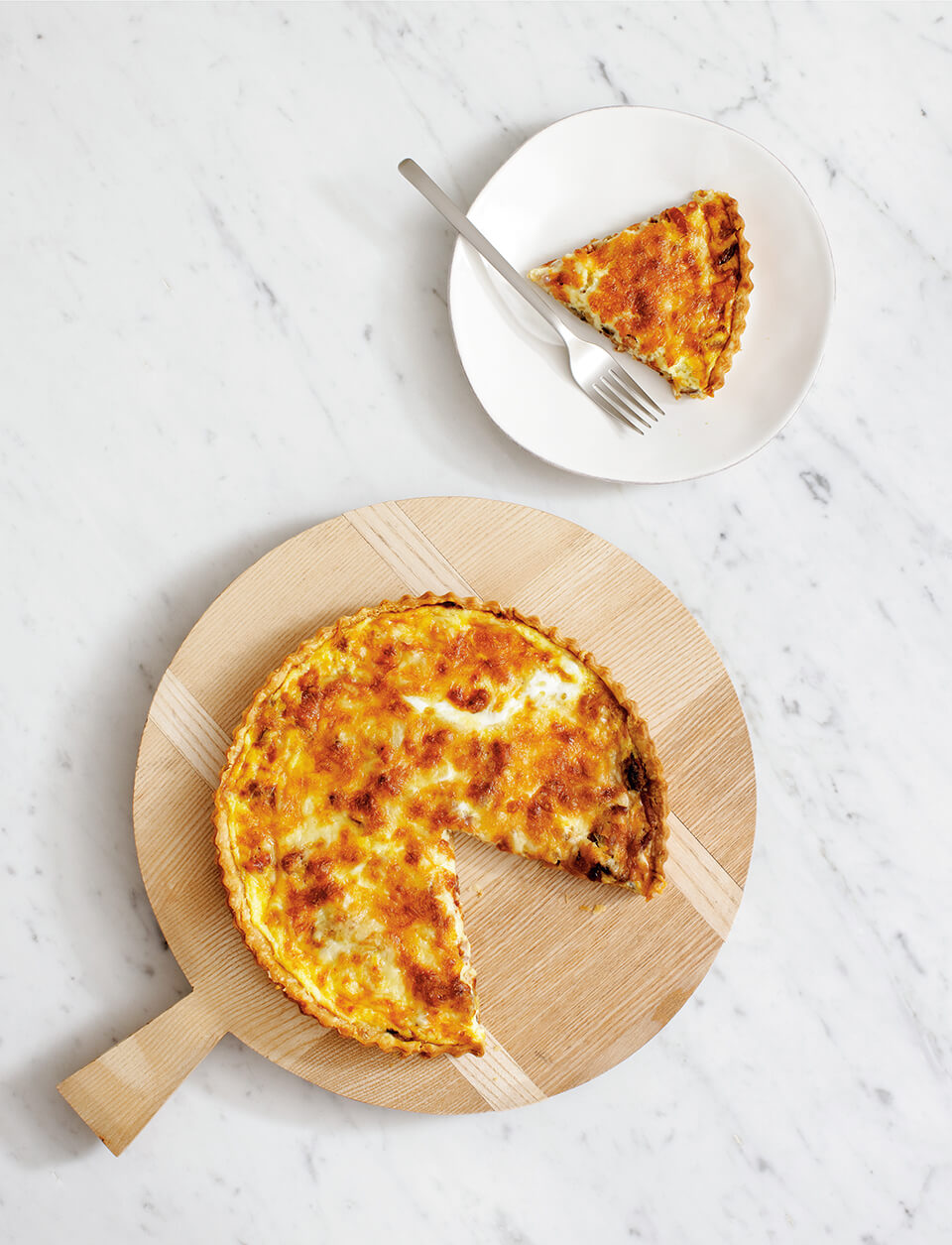
Let it hang out
Think ahead when you’re lining your pie plate with the bottom layer of pastry. If you intend on doing any special edging or crimping, be sure to leave excess overhang to work with when you top and finish your pie. Don’t be tempted to trim it off before you add your filling.
Turn up the heat
Whether you are blind baking a tart shell or baking a filled pie, bake it hot. Pies are typically baked between 400°F and 450°F. For pies with a more fragile centre (such as custard) a recipe may call for the heat to be reduced after the initial baking period to prevent curdling. But, for the most part, you want the heat cranked until the pie is cooked. This prevents your crust from absorbing liquid and getting that dreaded soggy bottom – the high temperature causes the chemical reaction needed to brown your crust.

